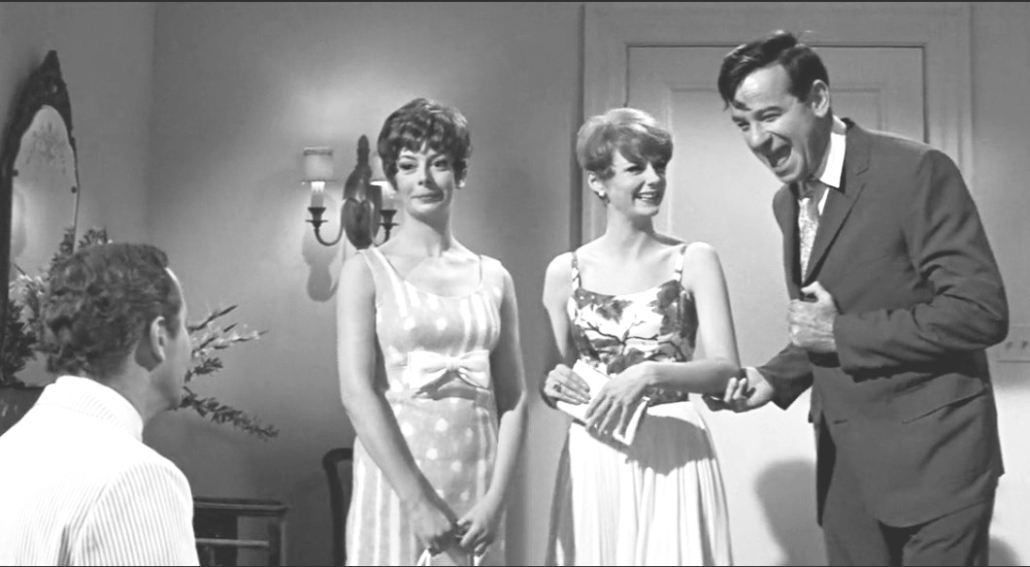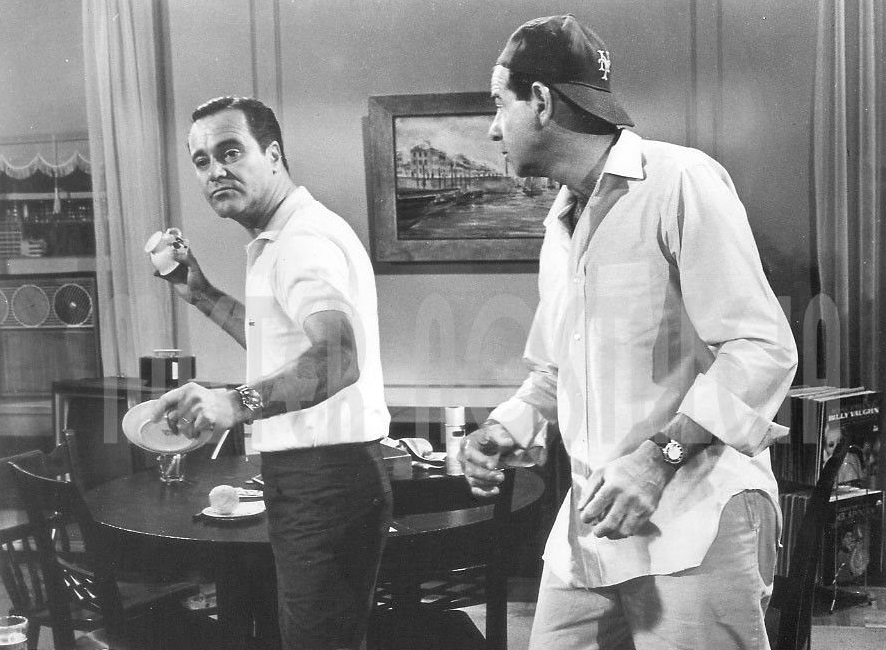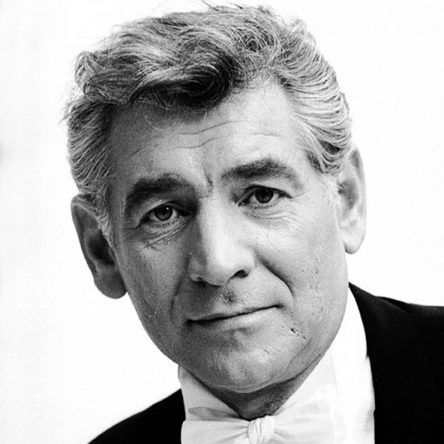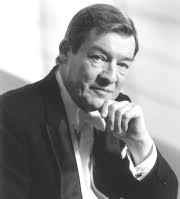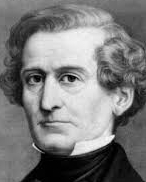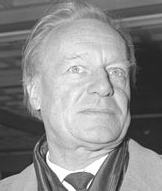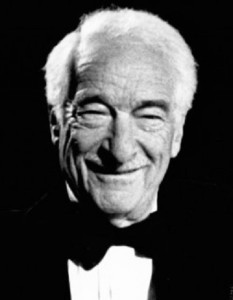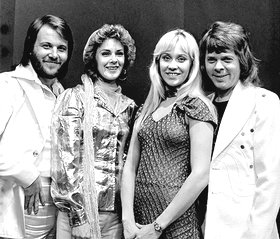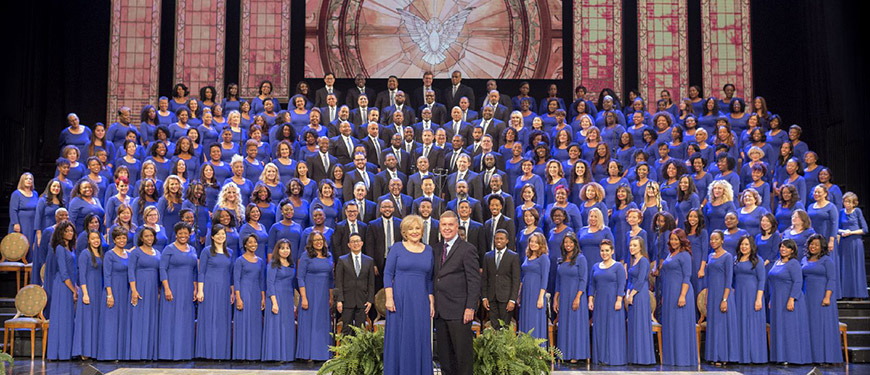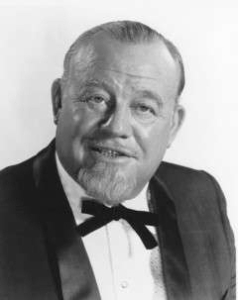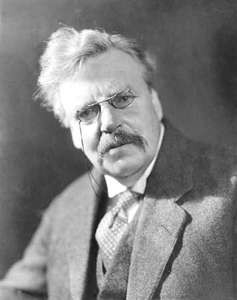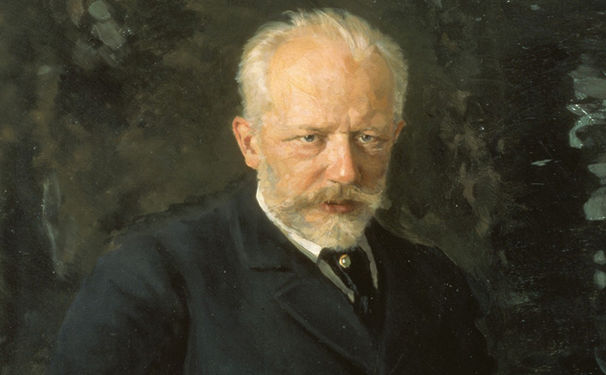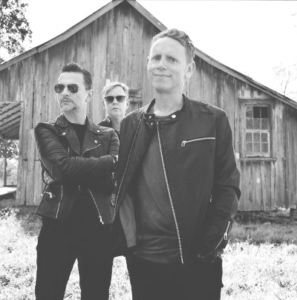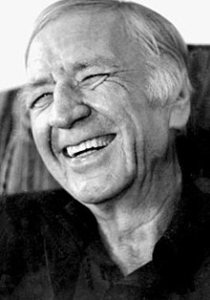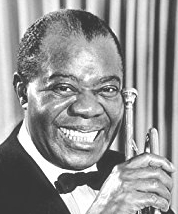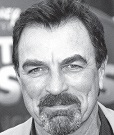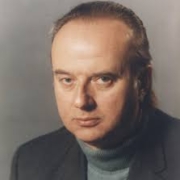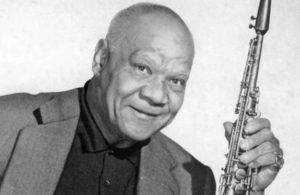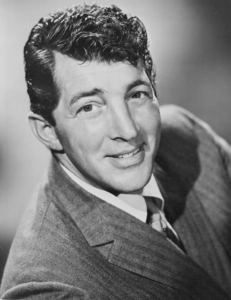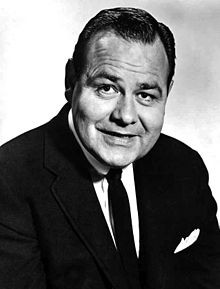REVIEW POTPOURRI: Bach selections
 by Peter Cates
by Peter Cates
Bach selections
from The Joy of Great Music, Album 15, FW-515, LP, 1980 series of records usually peddled in supermarket chains.
The above album contains the following examples of Johann Sebastian Bach, 1685-1750:
Side 1, Saint Matthew Passion excerpts. Soprano Laurence Dutoit, alto Maria Nussbaumer, bass Otto Weiner, with Ferdinand Grossmann conducting the Vienna Chamber Orchestra and Choir.
Side 2, Toccata and Fugue in D Minor; Prelude and Fugue in E-Flat Major. Organist Walter Kraft.
Both originally Vox releases from the 1950s.
Bach’s St. Matthew Passion is roughly three hours long but contains incomparable stretches of beauty in its arias, choruses and instrumental writing. The singers, especially bass Otto Wiener (1911-2000), are in peak form while Grossmann’s Viennese groups do good work. The performance is a large-scaled one, as opposed to smaller ones in recent years, yet a distinctive entry on its own terms and deeply moving.
Kraft’s performances of the Toccata, and the E-Flat Prelude and Fugue are solid.
Another LP from the Vox label’s exemplary catalog; the Bartok Bluebeard’s Castle, with Herbert Hafner conducting the Vienna Symphony Symphony, soprano Ilona Steingruber, and bass Otto Weiner again. Vox, OPX 100, 1962 release.
Based on a blood-curdling legend from the Middle Ages, the 1918 opera Bluebeard’s Castle is one roaringly exciting listening experience. This performance is a haunting atmospheric one, despite some critics taking issue with the singing in German instead of the original Hungarian. The 1910-20 World War 1 decade experienced a superb roll call of first performances – Prokofiev’s 2nd Piano Concerto, Janacek’s opera Jenufa, Debussy’s Martyrdom of St. Sebastian, Stravinsky’s Petrouchka, Rite of Spring and Soldier’s Tale and Puccini’s Trittico.
A Goethe quote pertinent to artistic creativity, “To be of all ages, be then of your own.”




